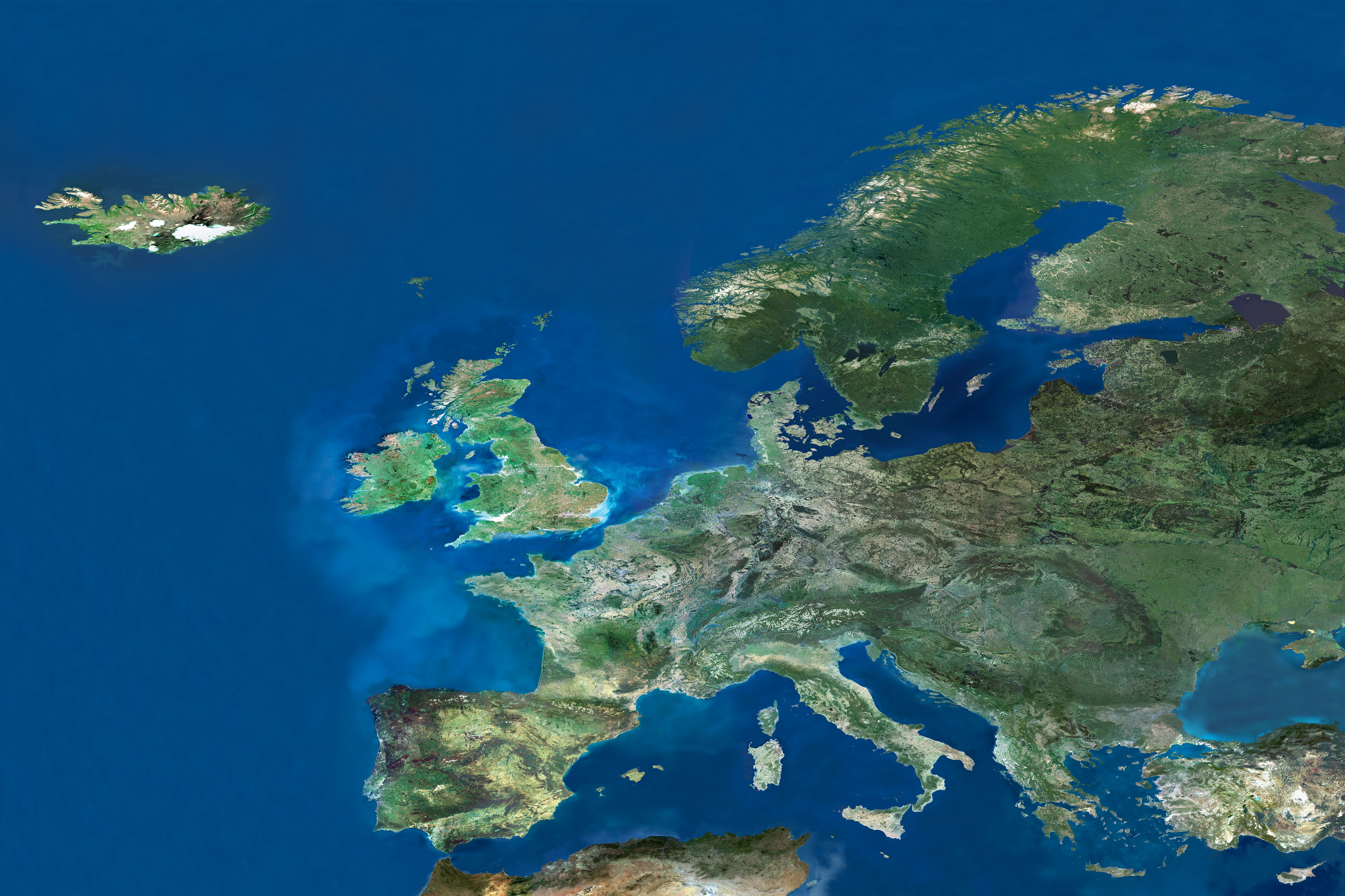Key Trends in the European Earth Observation Sector

An ambitious Earth Observation (EO) policy could bring significant benefits to Europe both regarding the fight against climate change and the competitiveness of its EO industry and service sectors.
Earth observation (EO) might well be the most complex of the three major space applications. It is used for civilian and military activities, it involves public and private actors, and it is at the crossroads of scientific and commercial endeavours. As a matter of fact, the EO sector is currently experiencing a boom. It is expected that 250 EO satellites will be launched between 2009 and 2018, compared to 128 during the previous decade. This is explained by the variety of applications derived from EO and by the attractiveness of EO satellites for new entrants, especially among emerging spacefaring nations.
There are four major categories of EO data users: defence, science and R&D institutes, civil governments and private users. This paper will focus mostly on the three latter, although defence users will be included in the analysis on the growing commercialisation of the EO sector. However, dedicated military surveillance satellites will be left out from the analysis, as the problems and challenges attached to it are quite different from those of commercial or scientific projects. Military EO constellations in Europe are linked to sensitive issues such as cooperation in the defence area, sovereignty transfers and the emergence of a European identity in defence and security policy. However, defence considerations will not be completely ignored in the analysis, as the growing trend towards dual-use should be accounted for.
The two most significant global trends in EO in the recent years have been an increasing focus on climate change issues, and the growing commercialisation of the EO sector. Several space agencies, most prominently ESA, NASA and JAXA, recently launched dedicated missions to study the effects of climate change. At the same time, the global EO data market has grown by a CAGR (Compound Annual Growth Rate) of 25% in the last five years, reaching $1.3 billion in 2010, and is expected to represent $4 billion by 2020.
Developments in Europe are in line with these two global trends, although with certain specificities. As a whole, Europe’s policy in the field of EO supports two broader EU policy priorities identified at the 5th Space Council: space for climate change and space as a contribution to the Europe 2020 strategy. This reflects the fact that EO is at the intersection of science and the market. However, the current uncertainties over the future of GMES (Global Monitoring for Environment and Security), which is to become the cornerstone of Europe’s EO architecture, could compromise both the scientific and commercial benefits reaped from EO applications.
This paper will first shed light on the contribution of EO missions to the climate change debate in the European context (1). It will then focus on recent developments in European data policy, as these have consequences both for the scientific community and for the commercial market (2). Finally, the characteristics and challenges of the commercial EO sector in Europe will be analysed, insisting on the central role played by public actors (3).

Available in:
Regions and themes
ISBN / ISSN
Share
Download the full analysis
This page contains only a summary of our work. If you would like to have access to all the information from our research on the subject, you can download the full version in PDF format.
Key Trends in the European Earth Observation Sector
Find out more
Discover all our analysesChina-Russia Cooperation in Space: The Reality behind the Speeches
China-Russia cooperation in space has been increasing for the past two decades. This cooperation accelerated after the Crimea crisis in 2014 and culminated with the announcement in 2021 of the joint construction of the International Lunar Research Station (ILRS).
Space in a Changing Environment: a European Point of View
The development of European space activities has long been pursued under the framework of the European Space Agency and other national space agencies. More recently, the emergence of the European Union as a new actor for space has paved the way for a series of initiatives and opportunities.
Development of the Northern Sea Route: How great is the need for satellite observation?
The sea route between Europe and Asia is significantly shorter via Arctic waters than via the Suez Canal. Changes in global climate have resulted in a diminishing of ice in Arctic waters. This has resulted in the Northern Sea Route establishing itself as a viable commercial alternative, which is expected to expand in the years ahead. Satellite observation is one of the methods employed to gather information about ice conditions, weather and oil spills, and is a prerequisite for ensuring the continued development of the new traffic.
The Use of Space for Maritime Security in Europe
The EU is currently developing a Maritime Security Strategy. Space should be integrated in that effort, given its potential for maritime surveillance.







